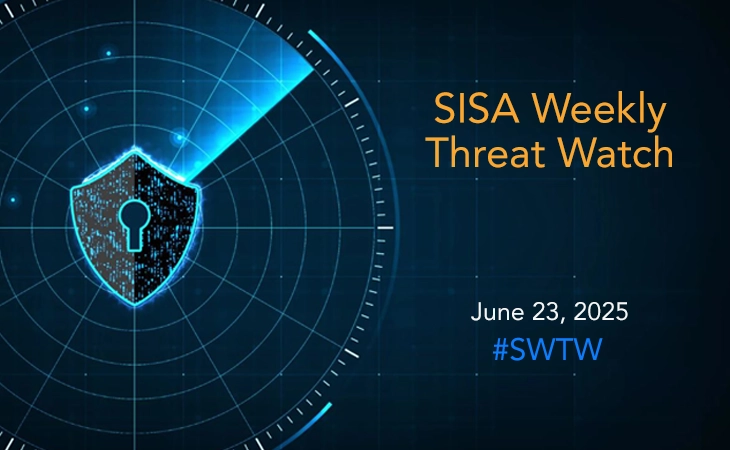

What is Red Team Exercise: Definition, Process, and Benefits
Red team exercises and assessments are essential for enhancing cybersecurity defenses, simulating cyber-attacks to uncover vulnerabilities and strengthen security protocols. Discover the process and benefits of these critical strategies, demonstrating their importance in preparing organizations for the evolving landscape of cyber threats.
In the vast and ever-expanding digital universe, the importance of cybersecurity can hardly be overstated. With cybercriminals constantly upping their game, organizations across the globe are in a perpetual race to shield their digital assets from unauthorized breaches. Red teaming offers valuable insights and boosts cybersecurity resilience. This blog post discusses the intricacies of red team exercise, exploring their definition, implementation, and the unique advantages they bring.
What Exactly Is a Red Team Exercise?
Imagine a group of elite hackers, but instead of harboring malicious intent, they’re on your side. This is the essence of a red team exercise. It’s a fully authorized, simulated cyber-attack on an organization’s digital infrastructure, meticulously designed to test the resilience of its security measures. The red team, a squad of cybersecurity experts, mimics the tactics, techniques, and procedures (TTPs) of actual attackers to unearth vulnerabilities that could potentially be exploited. It’s a proactive approach, moving beyond theoretical assessments to provide a real-world examination of how an organization’s defenses would stand up under attack.
Red team tactics are designed to identify security vulnerabilities that standard testing might miss. Hacking into network services to gain unauthorized access, sneaking into buildings by tailgating employees, and attacking web applications to exploit weaknesses like SQL injection. These strategies show how red teams work in different ways to test and improve an organization’s security measures.
The Red Team Assessment Process: A Closer Look
The process of a red team assessment unfolds in several meticulous steps, each designed to ensure a comprehensive evaluation of an organization’s cybersecurity posture:
- Planning & Scope: Establish clear objectives and define the scope of the exercise. This phase sets the stage for the entire operation, outlining what is to be tested and the rules of engagement.
- Reconnaissance: The red team gathers intelligence about their target. This could involve collecting public information, identifying potential entry points, and understanding the organization’s infrastructure.
- Execution Phase: Simulated cyber attacks are launched to exploit identified vulnerabilities. This is where the red team’s planning and reconnaissance efforts are put into action.
- Analysis and Reporting: After the exercise, the red team compiles their findings into a comprehensive report. This phase is critical for providing actionable insights and recommendations that can help improve the organization’s defenses.
Top Benefits of Red Team Exercises
Engaging in red team exercises provides many benefits for organizations looking to improve their cybersecurity defenses. Here are some of the key benefits:
- Identification of Vulnerabilities: These exercises are effective in uncovering security gaps that might not be evident through conventional security assessments.
- Real-World Testing: Unlike theoretical assessments, red team exercises provide a practical evaluation of how an organization’s defenses would perform under an actual attack.
- Enhanced Response Capabilities: By simulating real attack scenarios, organizations can test and improve their incident response procedures, ensuring they are prepared for genuine cybersecurity incidents.
- Proactive Security Posture: Red team exercises encourage a proactive approach to cybersecurity, moving beyond passive defenses to actively seek out and address potential threats.
- Training and Awareness: Participating in these exercises serves as valuable training for security teams, enhancing their ability to detect, respond to, and mitigate threats.
By incorporating red team exercises into their cybersecurity strategy, organizations can achieve a more robust and resilient security posture, better prepared to face the ever-evolving landscape of cyber threats. These exercises not only reveal the current state of an organization’s defenses but also provide a clear path forward for continuous improvement, ensuring that cybersecurity measures evolve in tandem with the sophisticated tactics employed by cyber adversaries.
Explore our Read Teaming offerings – https://www.sisainfosec.com/security-testing/network-security/red-teaming-exercise/
Latest
Blogs
Whitepapers
Threat-a-Licious
Customer Success Stories

SISA is a Leader in Cybersecurity Solutions for the Digital Payment Industry. As a Global Payment Forensic Investigator of the PCI Security Standards Council, we leverage forensics insights into preventive, detective, and corrective security solutions, protecting 1,000+ organizations across 40+ countries from evolving cyberthreats.
Our suite of solutions from AI-driven compliance, advanced security testing, agentic detection/ response and learner focused-training has been honored with prestigious awards, including from Financial Express, DSCI-NASSCOM and The Economic Times.
With commitment to innovation, and pioneering advancements in Quantum Security, Hardware Security, and Cybersecurity for AI, SISA is shaping the future of cybersecurity through cutting-edge forensics research.
Company
Resources
Quick Links
Copyright © 2025 SISA. All Rights Reserved.
 USA
USA India
India APAC
APAC Middle East
Middle East Global
Global





 Facebook
Facebook Linkedin
Linkedin  X
X Youtube
Youtube





